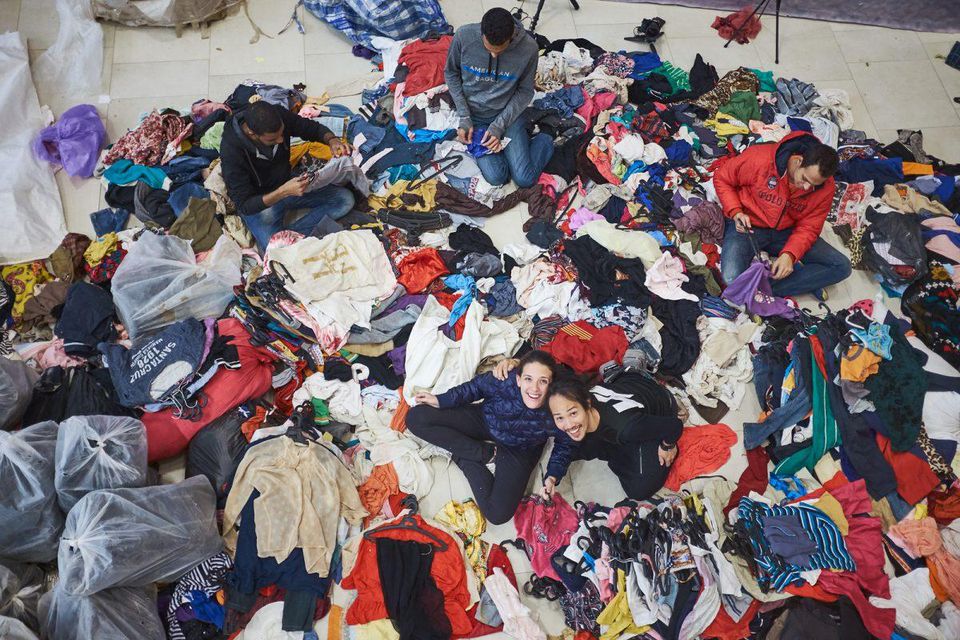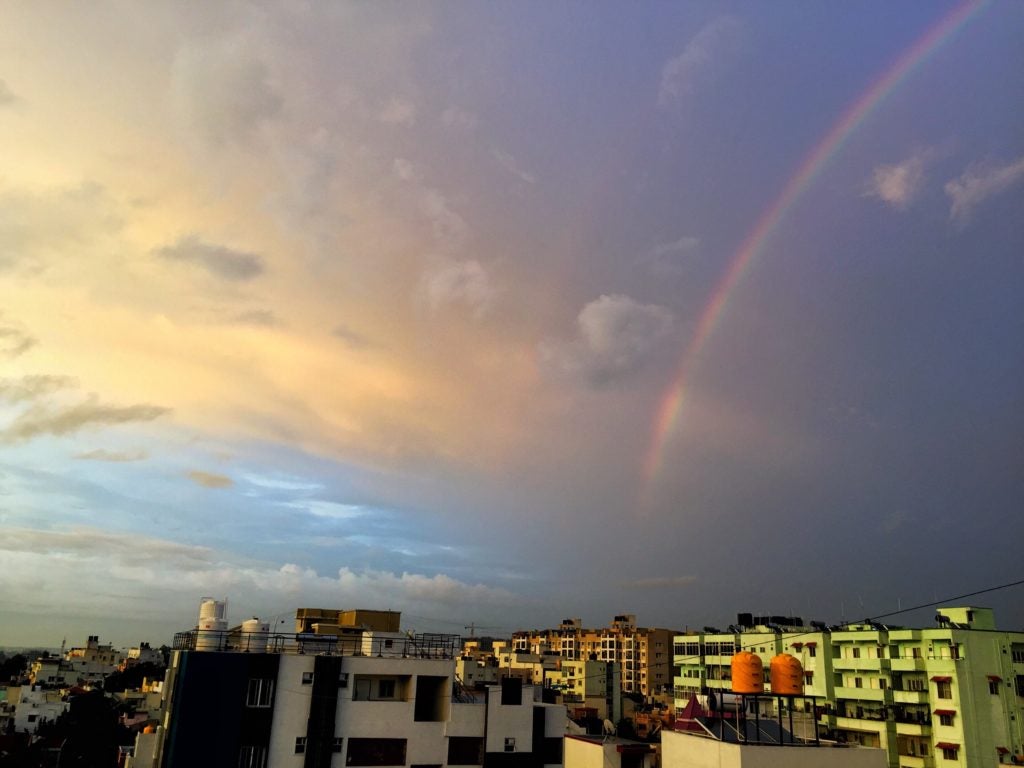My journey starts in Canada, eagerly advocating for conscious consumerism in the fashion industry. I desperately wanted to better understand the systemic problems of the clothing industry, and fatefully made the leap to Malaysia to do so. Finally, I could be closer to the region which held the potential to create great social impact for that industry.
Three years later, I’ve worked in India, Cambodia and Singapore and am on a personal journey of discovery in understanding what true impact looks and how we might be able to collectively redesign the way the clothing system works.
I currently direct the Singapore chapter of not-for-profit organization, Fashion Revolution, based in over 100 countries worldwide advocating for transparency and ethics of supply chain in fashion. Alongside this advocacy work, I advise and consult businesses on how to leverage their business to create lasting social and environmental change.
Throughout the years, I learnt to approach the grassroots issues of the fashion industry from many angles; philanthropy, social entrepreneurship and policy. But one tactic was always missing for me: art. In late 2017, I explored a new point of entry to encourage a global discussion on the topic of waste in fashion. Alongside incredible artist and photographer, Von Wong, we developed a creative art project in an abandoned clothing factory in the outskirts of Cambodia’s capital of Phnom Penh.
The Clothing The Loop project involved over 100 volunteers from all around the region who helped create three structures representing Mother Nature, entirely made from textile waste. The structures were created over 10 days inside the abandoned factory itself, each representing the average amount one person will consume over a lifetime. In less than a week we reached over 1M views online. This project was a prime example of cross sector collaboration, a mixing of the creative and circular economies.
But a nagging thought persisted in my mind: there are millions of project doing ‘good’ in the world, but are we truly making sustainable impact? One million views online means nothing if that reach doesn’t result in impact.
I joined the Executive Program at CSIS in January of 2018, and the timing could not have been greater. I had been looking for a structured way of understanding the impact of my own work and that of others.
The program encouraged me to break down my projects to identify the strengths and weaknesses and leverage the global community of CSIS to take forward steps towards greater impact. I am already looking forward to the second chapter of Clothing The Loop, strategically redesigned through the CSIS program to maximize it’s potential for social change. On a personal level, the program has also served as a reminder to create financially sustainable opportunities for change making. The program has helped me better understand the funding opportunities for my work and financial models that make most sense. I’m eager to explore what lies ahead and motivated to continue critically thinking about this exciting space.







